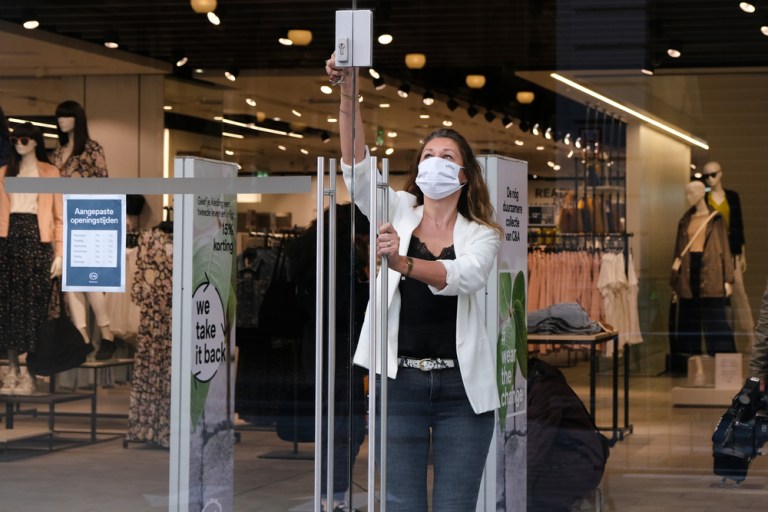Customer Retention Rules Reopening Strategies

Customer loyalty continues to be a recurring theme this week as retailers look to reopen and the latest monthly sales report shows another double-digit plunge.
While some of the news around the topic stresses the importance of media opportunities to seal customer retention, one of the newest loyalty tactics uses emerging technology to promote in-store data capture. Loyalty platform Datavalet has created a new digital solution that turns presence detection into data. It uses a retail Wi-Fi network to detect a customer entering the store and then tracks the visit, enabling the retailer to create a customer journey map and then re-engage when the customer makes a repeat visit. An additional functionality called “Presence Engage” works by collecting user information when customers opt into the retailer’s guest Wi-Fi network, linking their data to the point-of-sale (POS) system.
The solution also enables retailers to create marketing campaigns that are triggered whenever repeat customer behavior or presence is detected. Retailers also have the option to engage with customers via push notifications.
“Greeting customers with a: ‘Welcome back, Susan, here’s your favorite drink on the house’ is just the tip of the engagement iceberg,” noted Datavalet CEO Stephane Boisvert. “Imagine being able to automatically run your VIP and loyalty programs or win-back campaigns simply based on Wi-Fi-detected presence and behavior. Campaigns can be configured by individual location, region or date.”
That ability to reach out is critical for brands, according to a new study from NCSolutions. Its most recent study, Loyalty in the Time of COVID: Why Branding and Targeted Advertising Matter More Now than Ever, released Friday (May 15), analyzed CPG sales, which have spiked 34 percent year over year since March 22. Correlating that category with individual sales, it found that brands with high levels of brand equity and consumer trust, as well as a consistent media presence, have had the highest customer loyalty and market share.
“In response to milestone life events in which our collective experience is transformed, like COVID-19, consumers often make radical changes to their purchasing and media habits,” said Leslie Wood, chief research officer of NCSolutions. “With more time at home, people are consuming significantly more media, and they have an increased need for CPG items. Many major advertisers have asked us to develop targets for consumers during major life-changing events like weddings, having a baby or buying a home. These are often very small targets that are very time-bound.
“Today, our collective experience is being transformed for a worldwide life-changing event: COVID-19,” Wood continued. “Consumers are trying new items and expanding their cooking methods. This is an opportunity for brand equity development. How individual brands fare in this environment depends on the advertising decisions they make.”
During what it calls the “home-confined buying stage,” NCSolutions found that consumers have become nostalgic, and are gravitating to the brands that might remind them of their childhood.
“During the extreme buying phase of COVID-19-related shopping, they focused on addressing their physical needs, stocking up on food, water and over-the-counter drugs,” according to a report in Markets Insider. “Once pantries were loaded, however, consumers sought to satisfy their desires. Mid- and high-range brands have experienced a disproportionately higher share of sales than bargain brands that compete on price. Splurging on a more high-end version of their favorite products meets emotional desires that are otherwise lacking during this pandemic.”